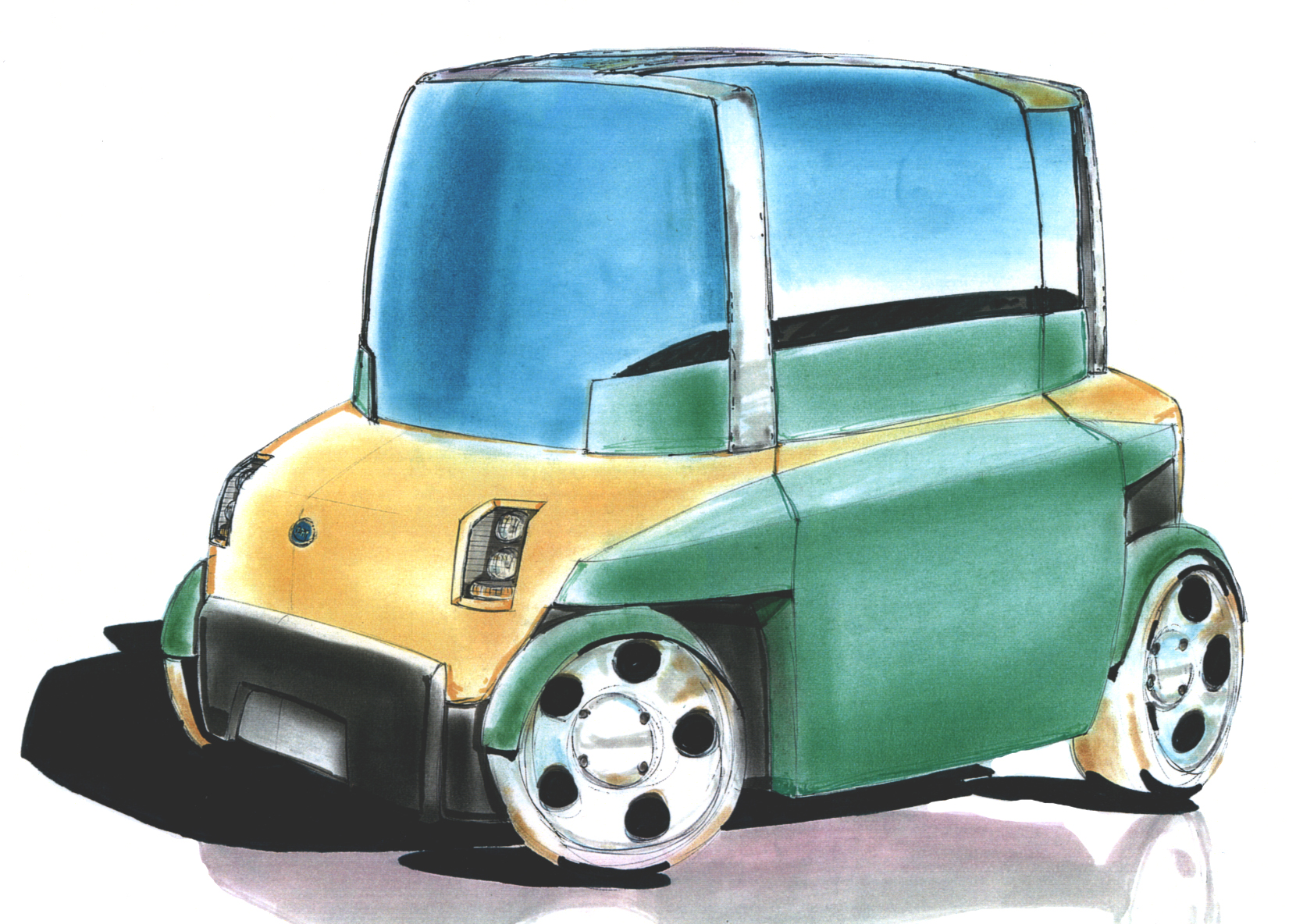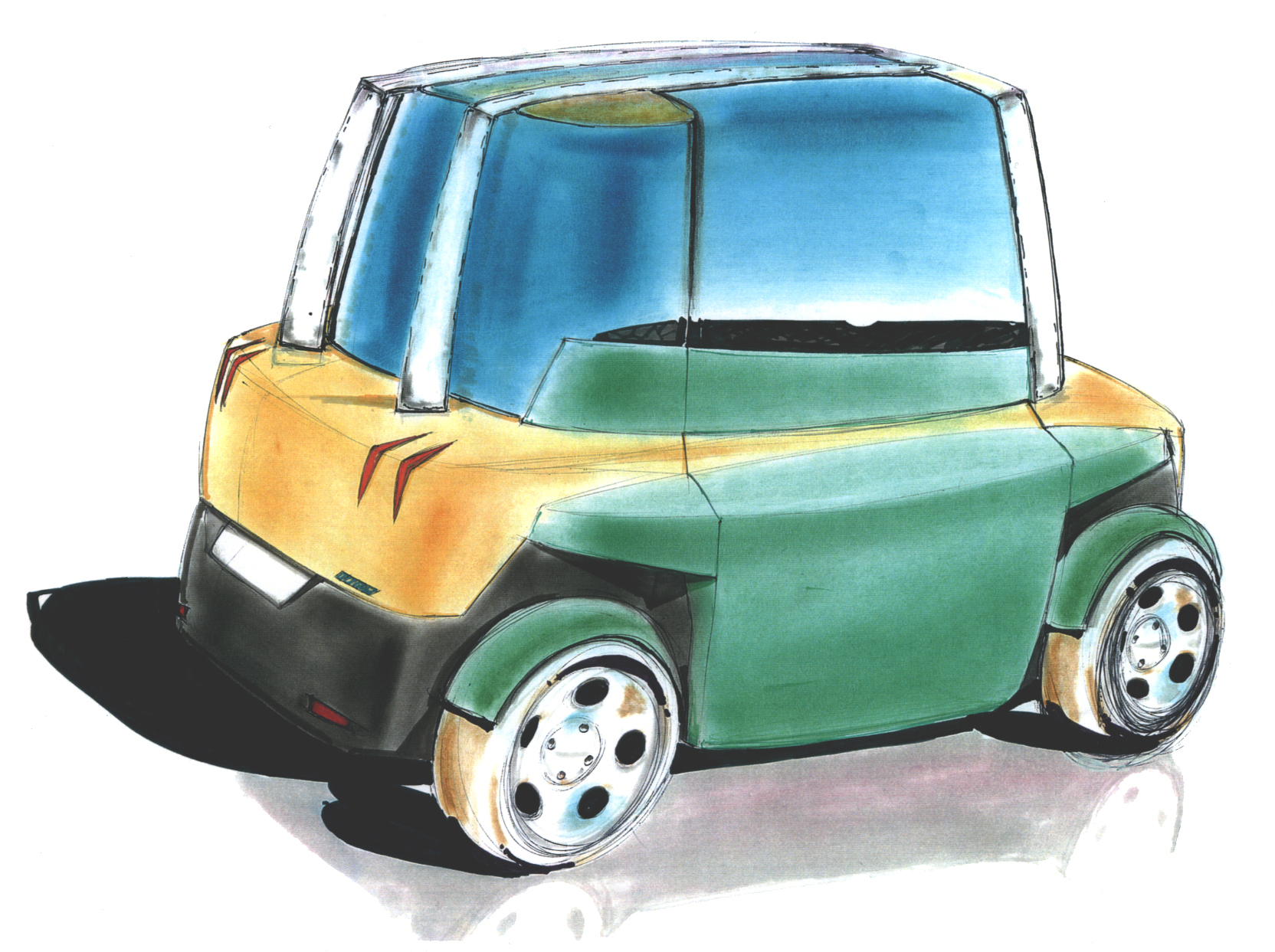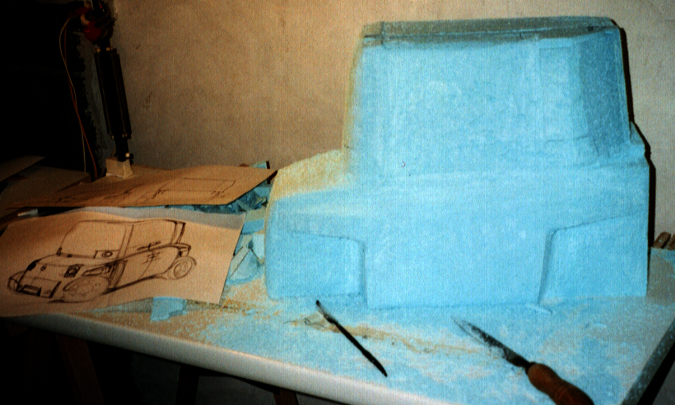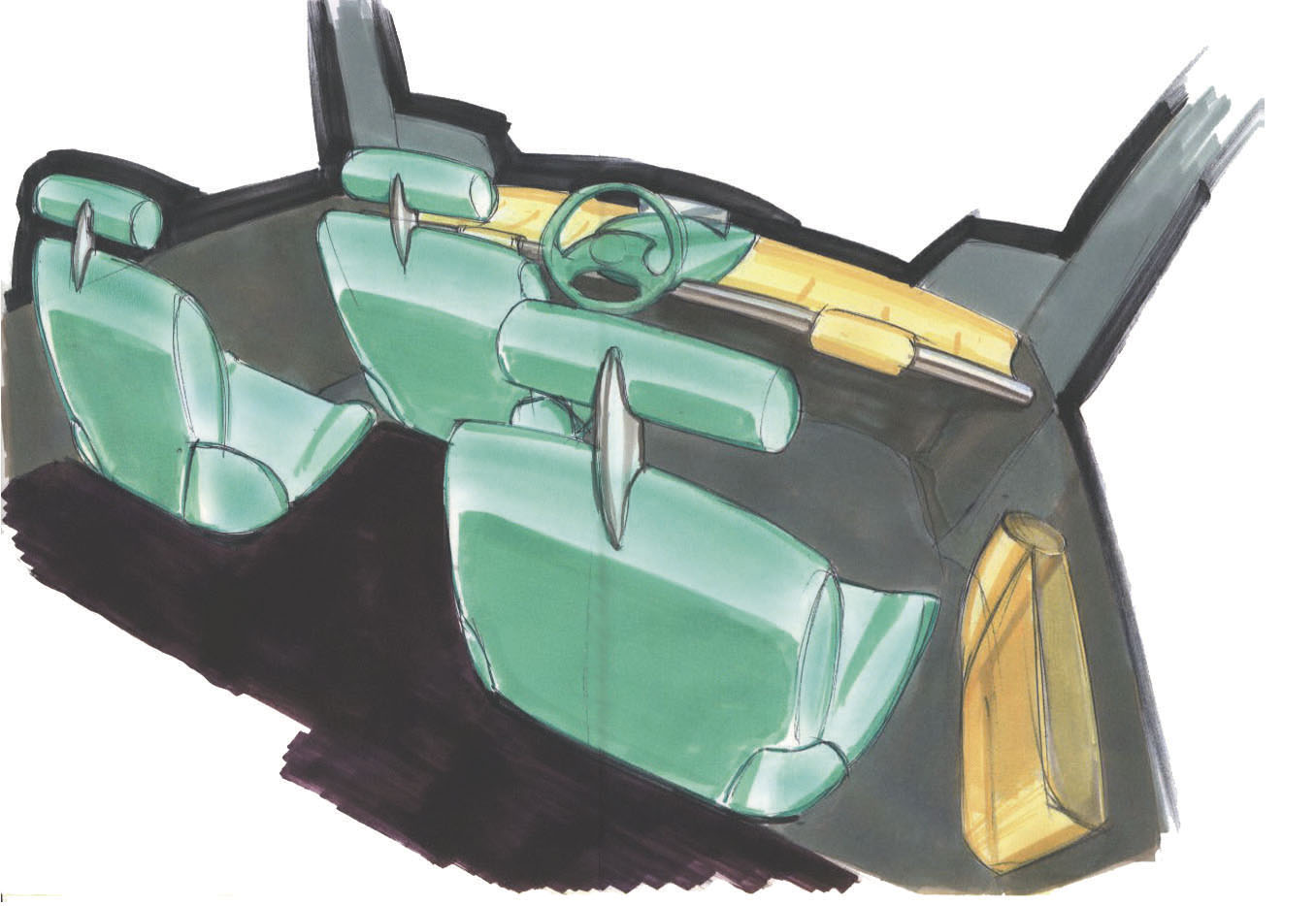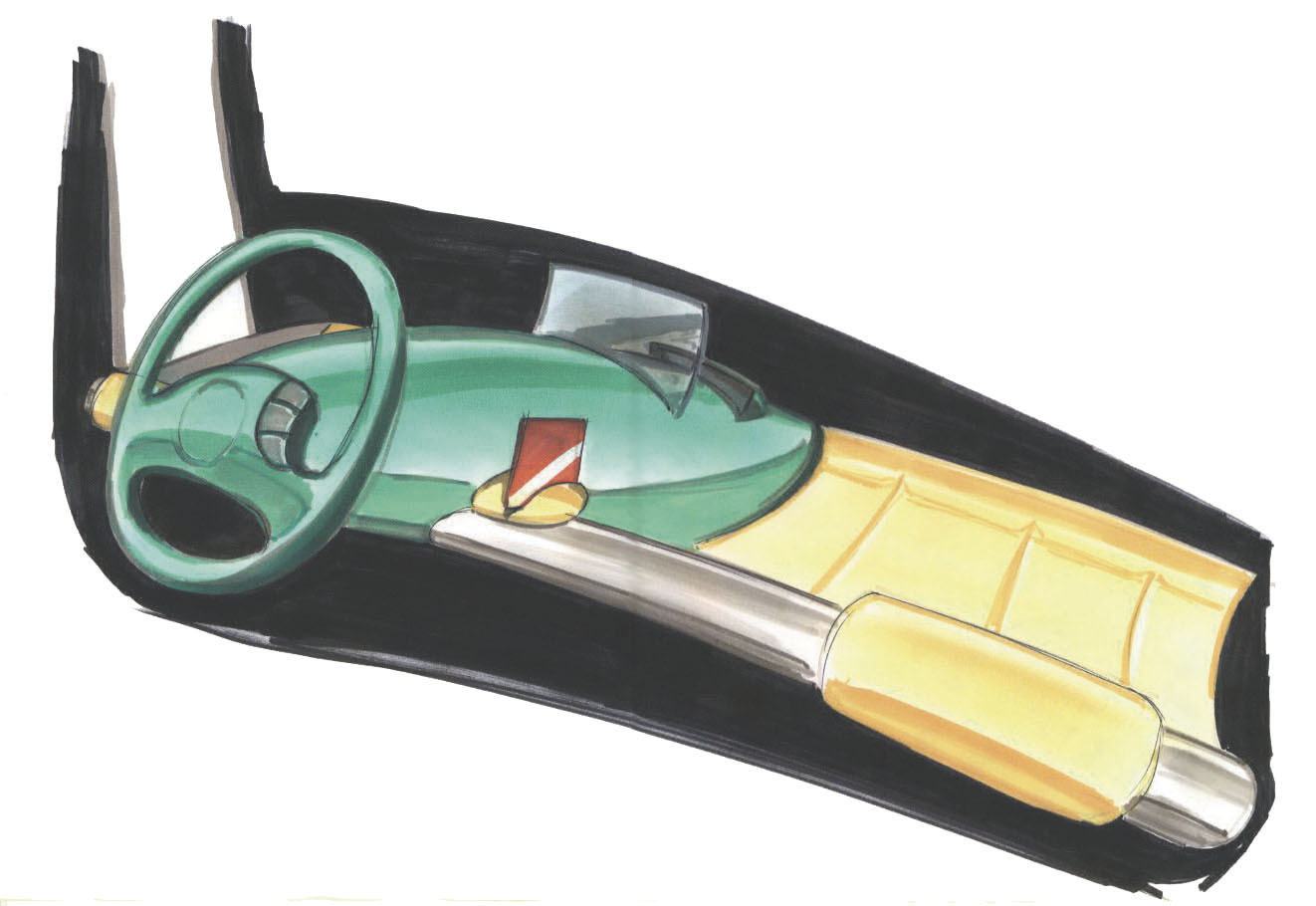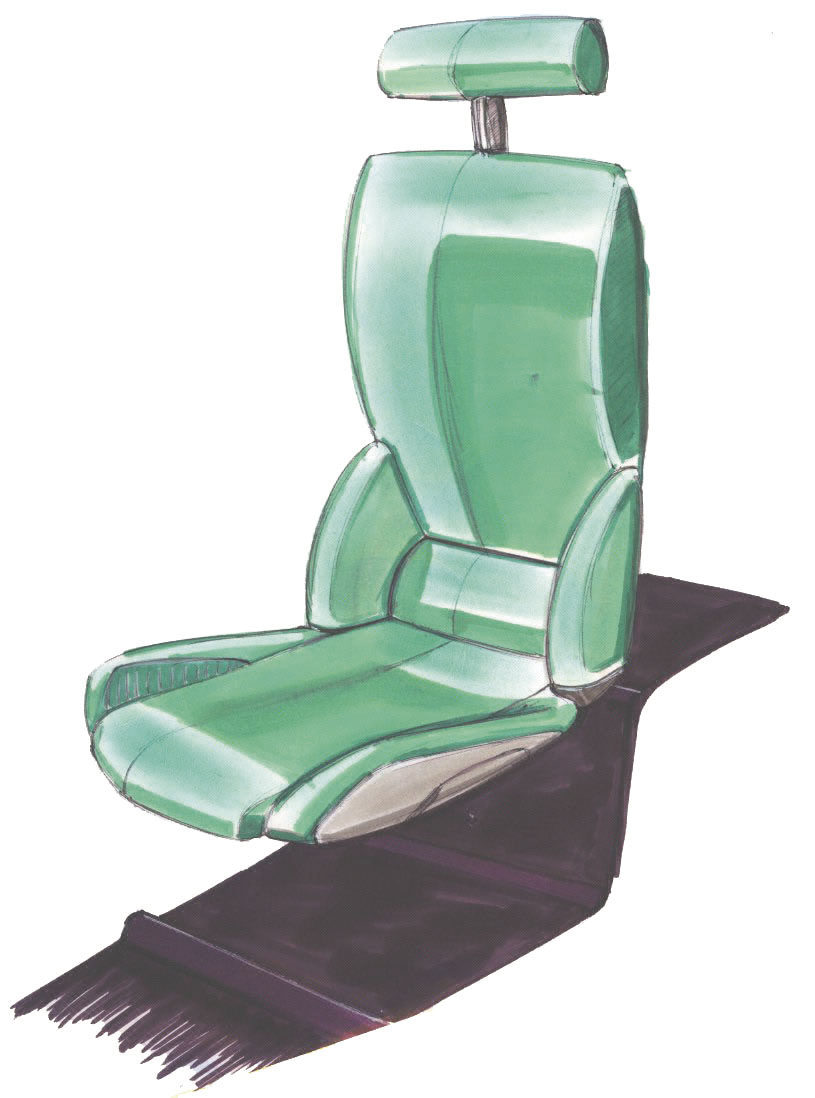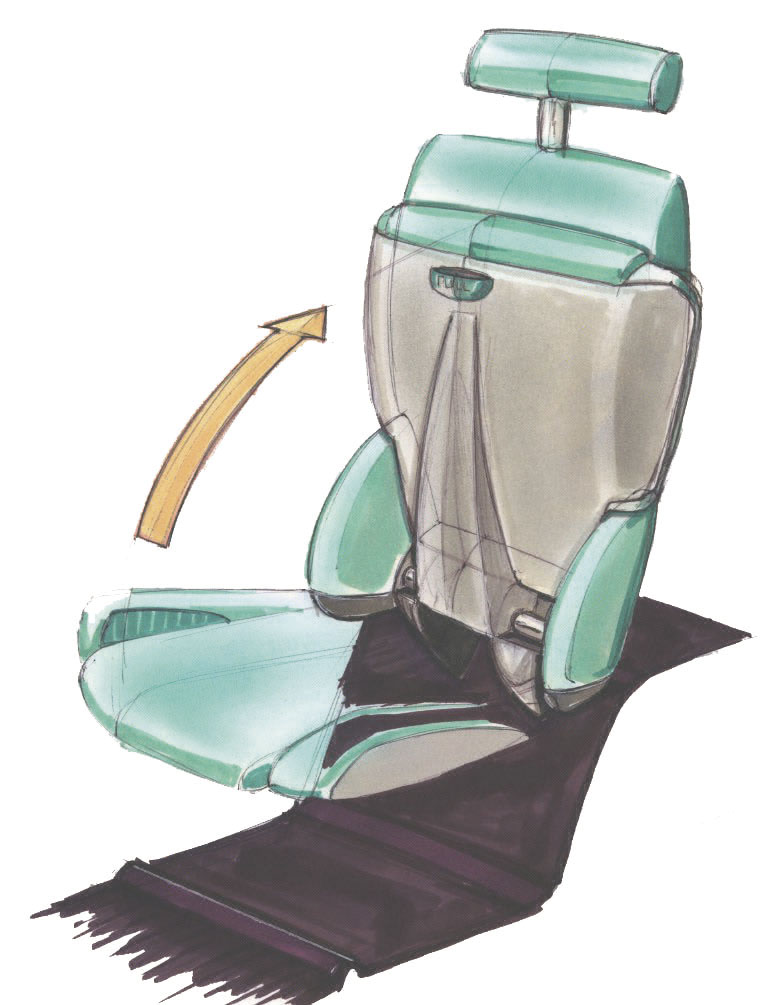
Car Sharing
Major design project, Sapienza University of Rome, FIAT, 2000.
“Mobility in urban areas: study of a vehicle for both public and private use”.
Design of a vehicle for Car Sharing
Supervisor for Sapienza: Prof. Gino Finizio, Prof. Tonino Paris.
Mentor for Fiat: Mr. Roberto Giolito.
For my final dissertion thesis, I explored the design process of a vehicle dedicated to car sharing services.
The design process started from a research about car sharing services, in order to identify user needs and specifications for both service and vehicle, tryind to identify technologies and vehicle architecture that best suit the service.
A shared car is a replacement for private owned cars, mostly second family cars, used little and mainly for short trips, or accompanying elderly people, ensuring the right to mobility when needed. It is most effective in areas well served by rail public transport.
Turns out that a shared car is cheaper than a private owned car if the latter is used less than 8000km per year, and one vehicle in a car sharing service could replace up to 11 private cars.
As cars do not move for 92% of their life, they occupy public space most of the time. Replacing private cars with shared cars helps freeing up public space for other uses than parking: pedestrian areas, bike lanes, parks.
As per market share trends, at the time of writing the dissertation (2000) I evaluated in 15000 cars the need after 15 years, hence the car was designed for at least 15 years in the future.
The overal design got a lot of influence and inspiration by Downtown and Metrocubo concept cars, respectively from Fiat and Pinifarina.
As per interiors, the choice was a 3 seater, with center driver seat, and very simple and spartan ABS plastic interiors to discourage vandalism.
Talking about power unit, the choice was a diesel-electric hybrid power unit, with a small diesel engine as a generator, running at fixed rpm in order to optimize efficiency and output, and a battery pack powering electric motors placed inside the wheels.
The vehicle architecture was from the very beginning oriented to a small city car, with a very high H point seating , proving good view on the road and also comfortable for elderly passengers.
Because of that, the vehicle was taller and shorter than usual, thus ehnancing the glass portion of the windows keeping the body line low.
Initial exterior sketches were about small monovolume body shapes, cute and round or edgy and rational.
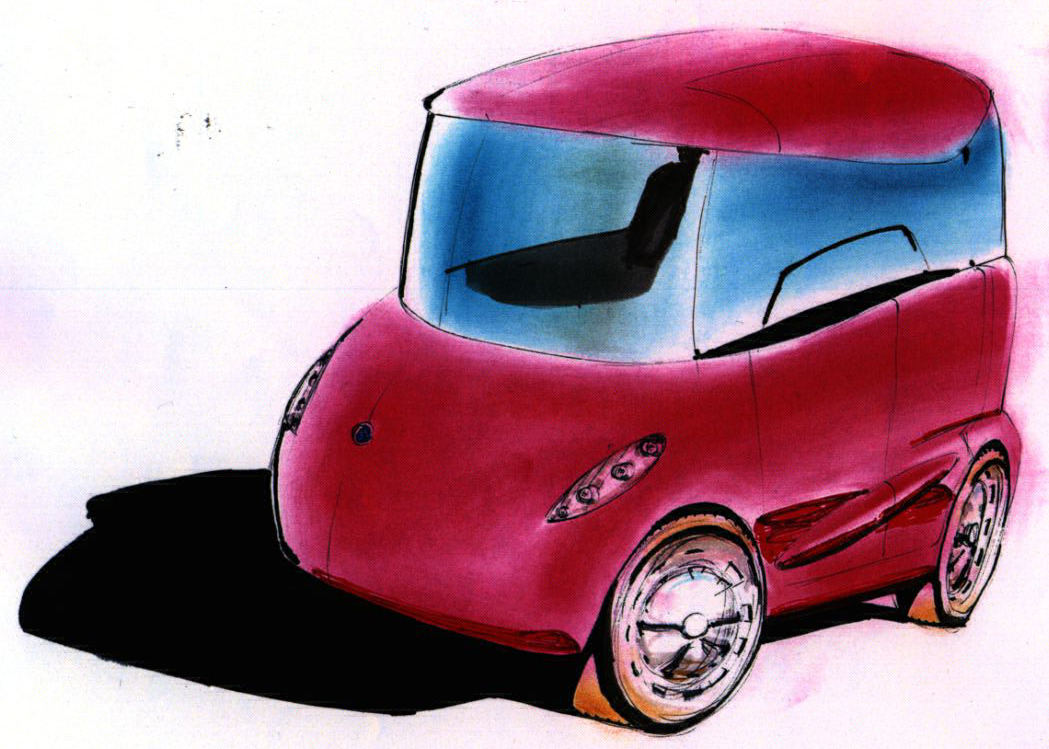
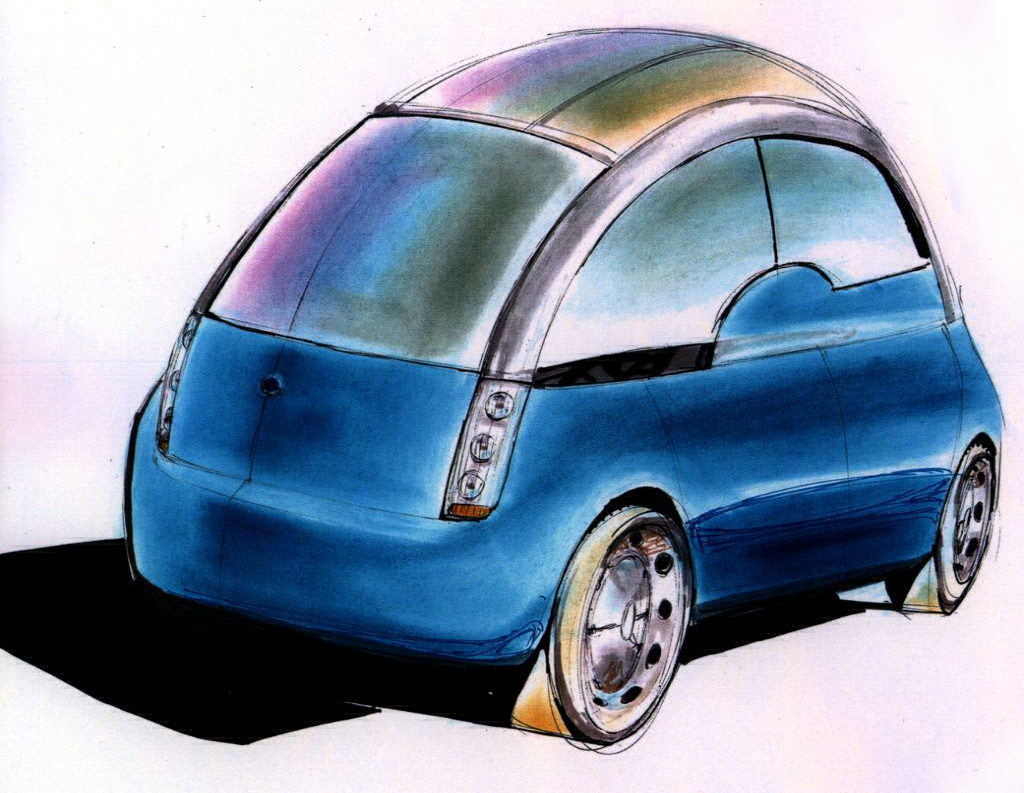
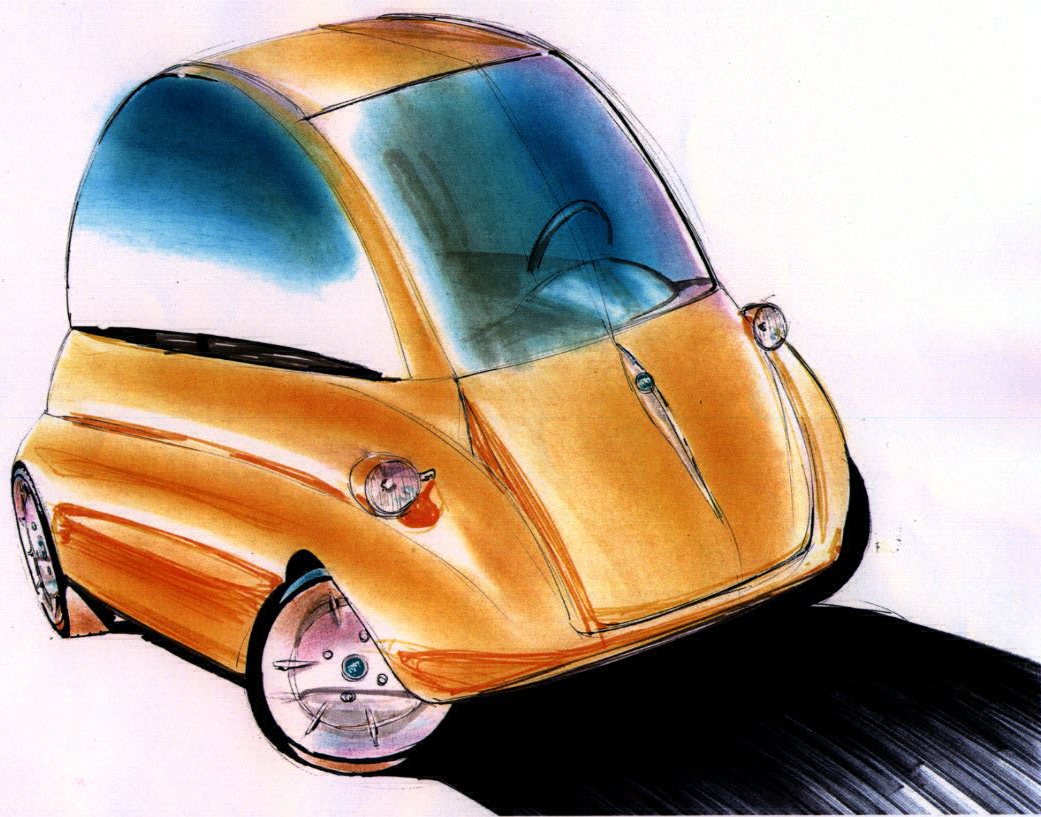
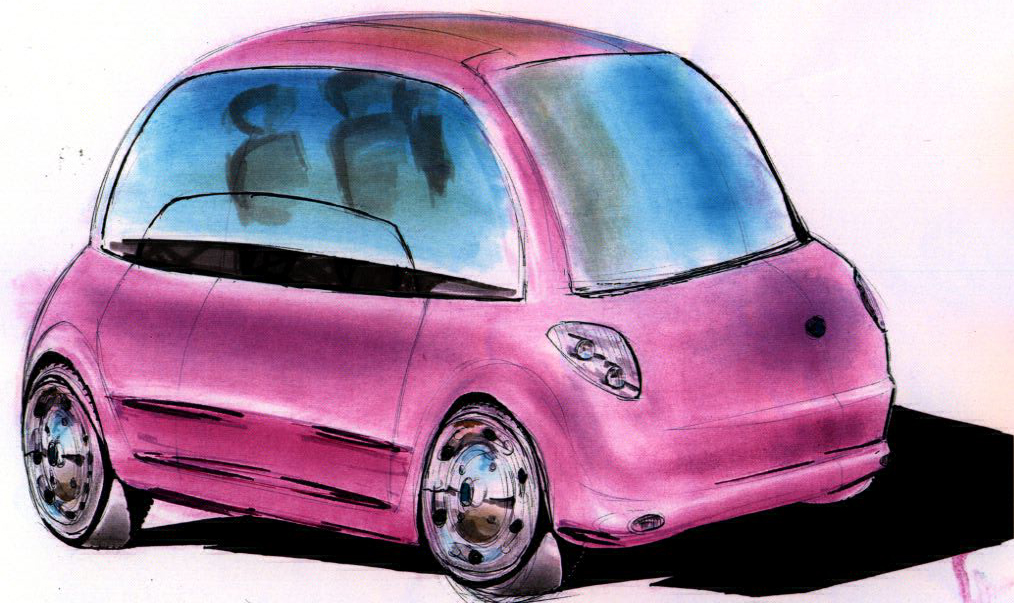
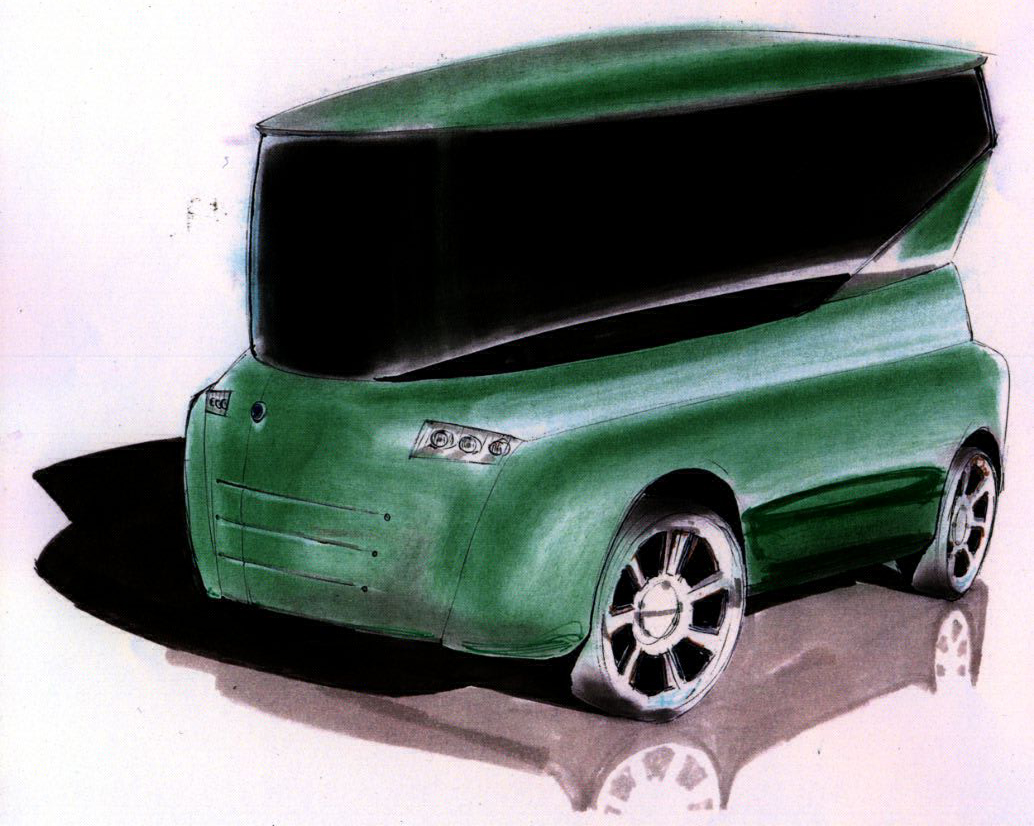
Final design
Then, the thought of a next generation car emerged. As it was supposed to be designed for the market 15 years in the future, I decided to try some unconventional design, not futuristic as such but different from what was reaching the market in the year 2000.
My final design then tried a edgy low body, with a gull-wing opening of both side doors, a small photovoltaic panel on the roof to keep the AC running, and a kind of real rollbar structure to give some sportiveness feeling.
The gull-wing doors were divided in two sections, in order to reduce the side span of the door, letting to open the door even if another vehicle was parked next to it.
